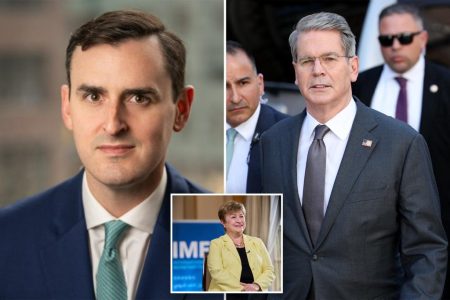A new tropical storm, named Sara, is threatening to bring heavy rains to Central America before moving towards Mexico and the United States. The US National Hurricane Center has issued warnings for potentially catastrophic flash flooding and mudslides in Honduras. Sara is forecast to cross Mexico’s Yucatan Peninsula and then move east, potentially impacting Florida next week. However, there is still uncertainty regarding Sara’s path, with the latest weather models showing the storm weakening over Central America, reducing the hurricane threat to the United States.
The late-season storm is particularly unusual as most tropical storms or hurricanes make landfall in the continental US before November 15. However, warmer seas and higher temperatures for this time of year are contributing to the development of tropical storms like Sara. NOAA has predicted an above-average Atlantic hurricane season with 17 to 25 named storms, including up to 13 hurricanes and four major hurricanes. October was the second warmest on record, further fueling the potential for strong storms to develop.
Sara is the 19th named storm of the season and is currently about 50 miles off the coast of Nicaragua and Honduras. It is moving westwards towards Honduras, threatening to bring heavy rains to flood-prone areas in Central America. The storm is expected to dump rain on mountains and valleys in northern Honduras, as well as generate a storm surge along the low-lying Atlantic coast of Central America known as the Mosquitia. After crossing Mexico’s Yucatan Peninsula, Sara may potentially impact Florida, but the exact path is still uncertain.
Weather experts are closely monitoring Sara’s progression and potential impact on Central America and the United States. The storm’s development is attributed to warmer seas and higher temperatures, providing ample fuel for hurricanes to sustain themselves. The 2024 Atlantic hurricane season is predicted to be well above average, with a higher number of named storms, hurricanes, and major hurricanes than in a typical season. The warming climate and ocean temperatures are contributing to the increasing frequency and strength of tropical storms and hurricanes in the Atlantic region.
As Sara continues to move westwards towards Central America, residents are advised to take precautions and prepare for potential flooding, mudslides, and storm surges. The storm’s impact on Florida and the Gulf of Mexico next week remains uncertain, with forecasts indicating a possible weakening of the storm over Central America. Despite the uncertainty, meteorologists continue to monitor Sara’s path and provide updates on potential risks and impacts in the affected regions. The late-season storm highlights the ongoing challenges posed by climate change and the increasing frequency of extreme weather events in the Atlantic hurricane basin.













